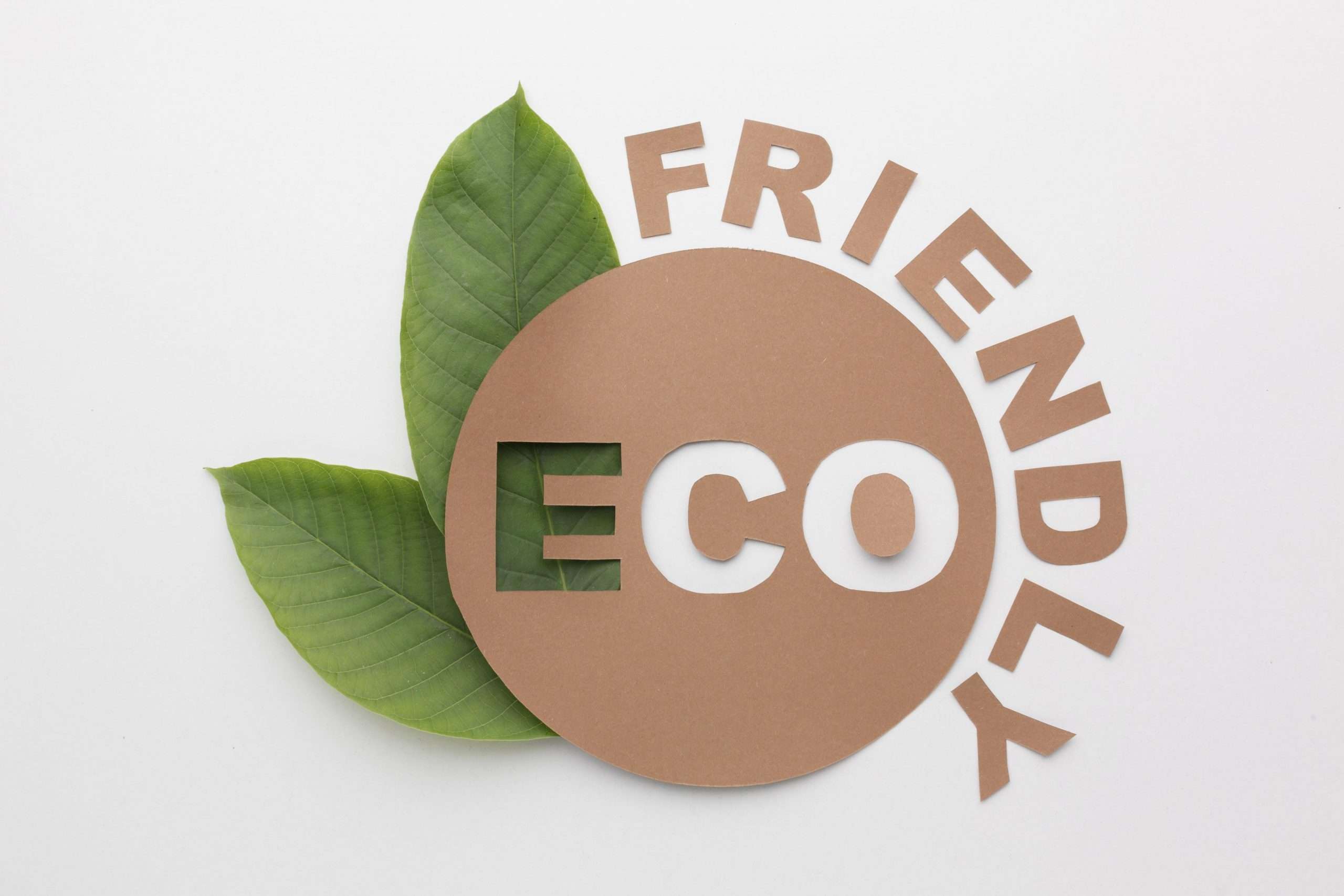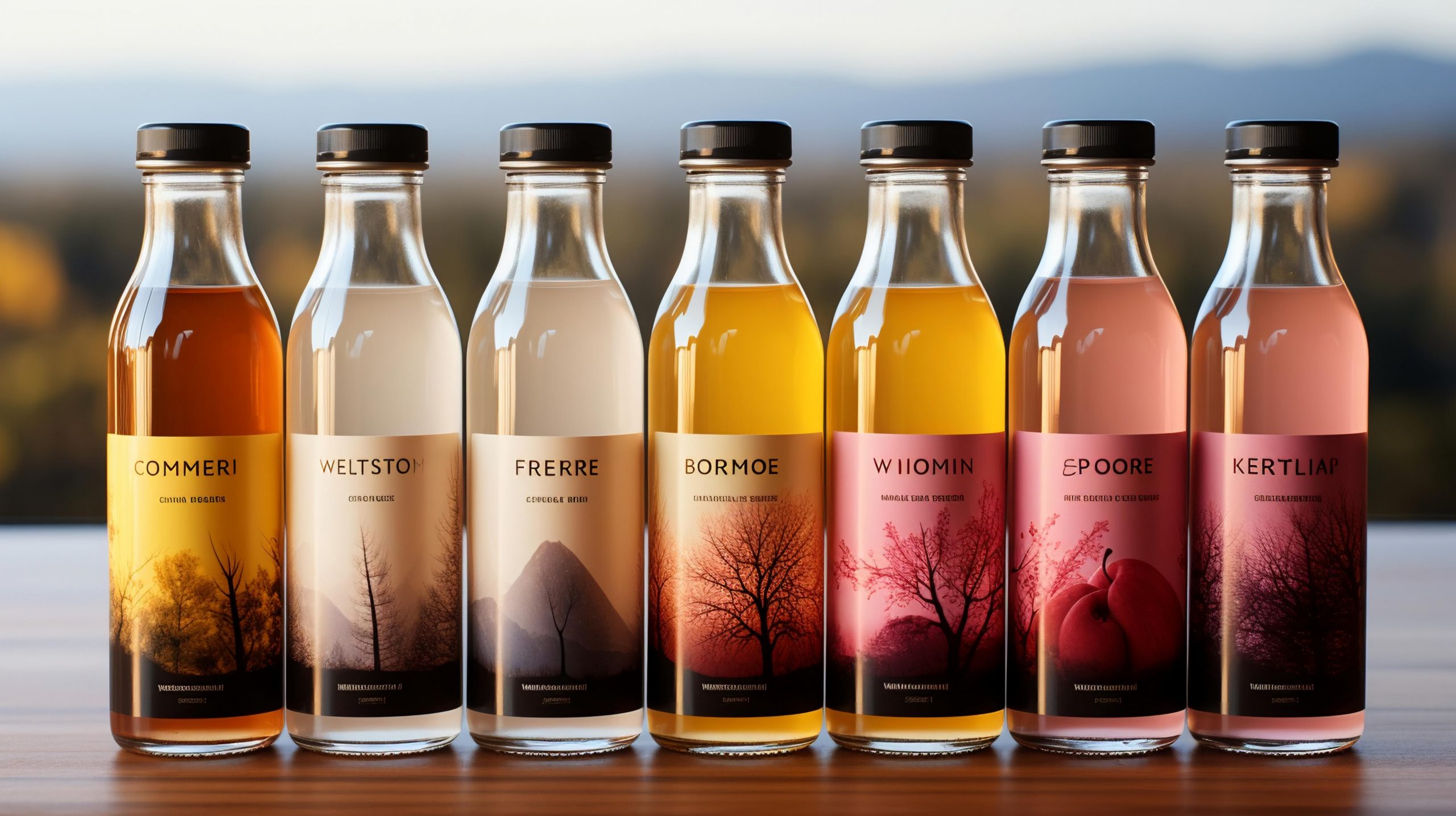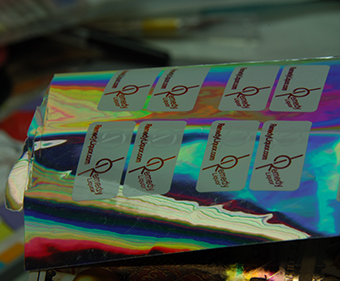Strong and durable labels are key to great product packaging. It affects both how well the label holds up and how customers see your brand. A bad label can affect product perception which is why brands should pay a great deal of attention to label quality.
There is more to durable labels than just lasting longer. The wrong material, adhesive, or finish can lead to labels peeling, fading, or falling off—something no brand wants. This isn’t just about looks. A missing or unreadable label can cause compliance issues, confusion for customers, or even safety concerns for certain products.
But don’t worry. We’ll help you choose the right options, so your labels stay put, your product looks great, and your customers get the information they need.
Table of Contents
- Understanding Durable Labels and Their Importance
- Environmental Factors That Affect Label Durability
- Steps to Follow to Create Durable Labels
- Label Application Considerations
Understanding Durable Labels and Their Importance
Durable labels are designed to endure harsh conditions without compromising legibility or adhesion. They are essential across industries such as manufacturing, logistics, healthcare, and consumer goods, where labels may be exposed to extreme temperatures, chemicals, moisture, and abrasion.
Beyond durability, these labels also play a crucial role in compliance, safety, and branding. In industries like healthcare and food production, clear and long-lasting labels ensure critical information remains visible, reducing risks and meeting regulatory requirements. In retail and consumer goods, high-quality labels enhance product appeal and reinforce brand credibility.
Choosing the right combination of materials, adhesives, and finishes can make all the difference in ensuring your labels stay intact and look professional, no matter the conditions.
Environmental Factors That Affect Label Durability
Understanding the environments your products will encounter is vital for label performance. Key factors include:
Temperature Extremes
Labels exposed to high or low temperatures must be made from materials that can withstand these conditions without degrading. For instance, polyimide labels are suitable for high-temperature applications, while certain polyesters are designed for low-temperature environments.
Chemical Exposure
In industries like healthcare and manufacturing, we know that labels often face tough conditions. They can come into contact with solvents, acids, or other harsh chemicals. That’s why choosing the right material matters. Using chemical-resistant options like certain polyesters or vinyl helps ensure your labels stay clear, readable, and intact, no matter what they’re exposed to.
Moisture and Humidity
If your products are exposed to moisture or high humidity, you need labels that can handle it. Waterproof and moisture-resistant materials like vinyl, BOPP, and polyester, paired with the right adhesives, help prevent peeling and fading. This way, your labels stay put and look great, no matter the conditions.
UV Exposure
If your labels are exposed to sunlight for long periods, they can fade or break down over time. That’s why UV-resistant coatings or laminates are a smart choice. They help protect your labels from sun damage, keeping them looking sharp and readable for longer.
Steps to Follow to Create Durable Labels
Implementing best practices in label selection and application enhances durability.
Material Selection
Choosing the right material is fundamental to label durability. Here are some commonly used materials:
- Polyester (PET): Known for its strength and resistance to tearing, chemicals, and UV exposure, making it suitable for both indoor and outdoor use.
- Polypropylene (PP) – Known for its high resistance to temperature changes, PP is often used for items that move between cold storage and regular shelves, such as certain food and beverage products.
- Polyimide: Withstands extreme temperatures, making it ideal for electronics and automotive industries.
- BOPP (Biaxially Oriented Polypropylene) – Highly resistant to moisture, making it perfect for products exposed to wet conditions, such as food packaging or personal care items.
- Vinyl – Water-resistant and durable, vinyl is ideal for items that are often exposed to water or stored in high-humidity areas, like beverage bottles or cleaning products.
- UV-Coated Paper – Specially treated paper with a glossy finish and additional UV protection, perfect for labels exposed to sunlight.
- Polyethylene (PE) – Flexible and resistant to impact, making it great for products that may experience physical stress during handling, like cosmetics, bathroom products, or flexible packaging.
By selecting the right material based on your product’s environmental conditions, you can ensure that your labels remain durable, functional, and visually appealing.
Proper Adhesive Selection
Choosing the right adhesive is just as important as selecting the right label material. Different conditions require different adhesives to ensure labels stay in place and maintain their readability. Here’s a breakdown of the best adhesives for various situations:
Water-Resistant Adhesives
- Ideal for products exposed to moisture, humidity, or wet environments.
- Designed to maintain a strong bond even when in contact with water, preventing peeling or loss of adhesion.
- Commonly used for beverage bottles, bathroom products, and outdoor applications.
Temperature-Resistant Adhesives
- Suitable for products exposed to both extreme heat and freezing temperatures.
- Ensures labels stay intact without cracking or peeling, no matter the temperature fluctuations.
- Used in industries like food packaging, medical supplies, and industrial equipment.
Freezer-Grade Adhesives
- Specially designed for products stored in sub-zero conditions for extended periods.
- Prevents labels from becoming brittle or losing adhesion in freezing environments.
- Commonly used for frozen foods, pharmaceuticals, and cryogenic applications.
UV-Resistant Adhesives
- Protects labels from yellowing or deteriorating under prolonged UV exposure.
- Ensures labels remain legible and intact in outdoor or high-sunlight conditions.
- Used for outdoor signage, automotive labels, and industrial equipment.
Acrylic-Based Adhesives
- Naturally UV-resistant and maintains strong adhesion even when exposed to sunlight.
- Provides long-term durability without losing tack or breaking down over time.
- Often used for outdoor products, electronics, and industrial labeling.
Pressure-Sensitive Adhesives
- Offers a strong initial tack that ensures labels stay in place during transportation and handling.
- Includes options with abrasive grit for enhanced grip on rough or uneven surfaces.
- Ideal for logistics, shipping, and warehouse labeling where labels must stay put under stress.
No matter what environment your labels face, there’s an adhesive designed to keep them securely in place!
Apply Protective Coatings and Laminates
To create durable labels that withstand various environmental challenges, protective coatings and laminates play a crucial role. Below are the best protection methods for different conditions:
Protection Against Moisture and Humidity
- Lamination – Adds a clear protective layer over the label, preventing water damage and ensuring durability in wet environments.
- UV Coating – Though primarily used for UV protection, it also helps seal the label’s surface, adding extra moisture resistance.
Protection Against Temperature Fluctuations
- Heat-Resistant Inks – Designed to withstand high temperatures without fading or deteriorating. Ideal for industrial and automotive applications.
- Cold-Resistant Adhesives – Prevent labels from peeling or becoming brittle in freezing environments, perfect for refrigerated and frozen goods.
Protection Against UV Exposure
- UV Varnish – Applied to the label’s surface to prevent fading and discoloration from prolonged sun exposure.
- Fade-Resistant Inks – Ensures colors remain vibrant over time, even when exposed to direct sunlight.
- Overlamination with UV Protection – Uses UV inhibitors combined with a solvent acrylic adhesive to enhance long-term sun resistance.
Protection Against Abrasion
- Scratch-Resistant Coating – Adds an extra layer to prevent scuffs and surface damage from friction.
- Durable Laminates (e.g., Polypropylene – PP) – Increases label thickness and shields against physical wear and tear.
Label Varnishes for Added Protection and Aesthetic Appeal
Varnishes not only protect labels from scuffs, scratches, water damage, and fading but also enhance their overall appearance. Common types include:
- Gloss Varnish – Creates a shiny, polished finish while adding a layer of protection.
- Matte Varnish – Provides a smooth, non-reflective finish that enhances readability.
- Soft-Touch or Textured Finishes – Adds a premium feel while offering extra resistance to wear and tear.
By selecting the right combination of protective coatings and laminates, you can ensure your labels stay intact, legible, and visually appealing in any environment.
Label Application Considerations
Curing Time
Patience is key. It’s essential to give your label’s adhesive enough time to fully bond before exposing the product to harsh environmental conditions, especially extreme heat. By following the recommended curing times, you ensure the adhesive reaches its maximum strength.
Generally, curing times vary between 24 to 72 hours, depending on the type of adhesive used and the specific environmental factors at play.
Apply in a Controlled Environment
For the best results, apply labels in a controlled setting where temperature and humidity levels stay within the recommended ranges. This helps the adhesive bond properly, ensuring the label performs consistently throughout its lifespan.
Thorough Testing
Before mass production, conduct thorough testing of labels in conditions that mimic their actual use environments. This includes exposure to temperature variations, chemicals, moisture, and physical abrasion to ensure durability and performance.
Selecting and implementing durable labels is essential for product identification, safety, and brand integrity. By understanding the materials, environmental factors, and best practices involved, you can ensure your labels withstand the challenges of their intended applications. Investing in durable labels not only enhances product appearance but also ensures compliance and longevity in the market.
Ready to enhance your products with durable, high-performance labels? Contact us today to explore our material options and get a personalized quote. We’re here to help you find the perfect solution for your labeling needs.



